We were pretty fried on Sunday, our first day out, and overwhelmed because it was Palm Sunday. The streets were packed with people.
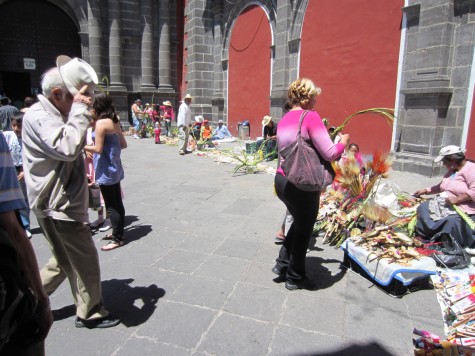
We wandered around pretty aimlessly and happened across equally random treats, such as this hot dog situation:
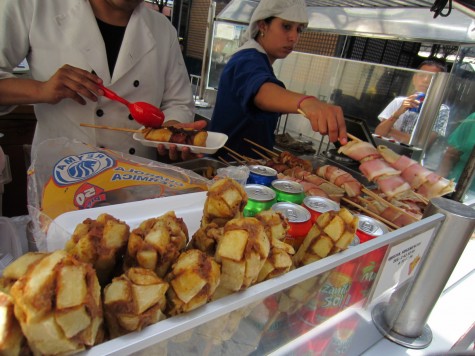
It was, as far as I could make out, a hot dog dipped in molten cheese then wrapped in an eggroll wrapper, and then wrapped in bacon, and then deep-fried.
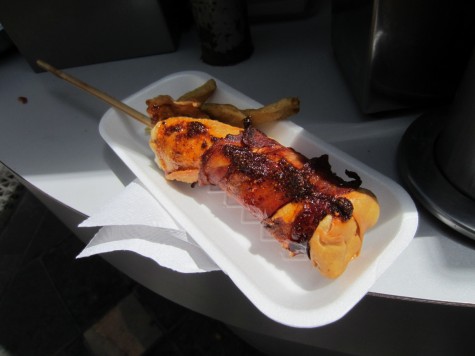
Please don’t extrapolate about Puebla cuisine from this; I think it’s a one-off invention of the guy who runs the stand.
Not far away was weirdness of another sort, a veritable garden of kiddie rides:
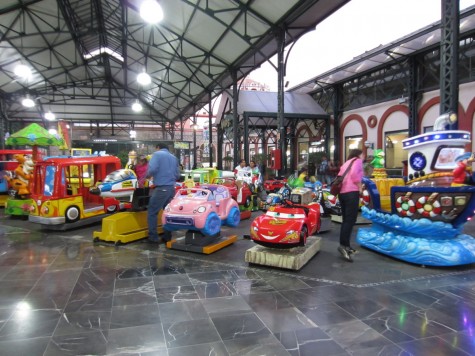
We stopped at the railroad museum (doesn’t everyone make that their first stop in a new city?) and cried over the oh-so-recent death of Mexico’s passenger rail. (Our friend Jim took the train from Texas to San Miguel de Allende for a high school trip in the 80s! Argh!)
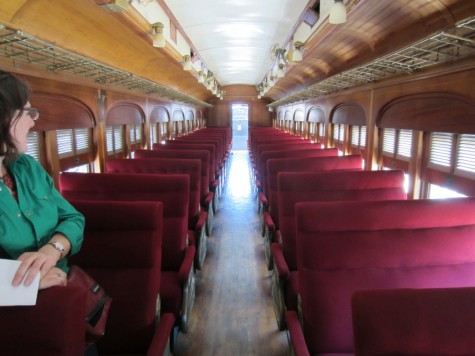
Later that day, we met up with some real live poblanos, who were kind enough to make sure we saw the Rosary Chapel, one of the city’s major attractions. Which we almost certainly would have missed otherwise, because it’s off the side in one of the churches that was mobbed with Palm-Sunday-enjoyers.
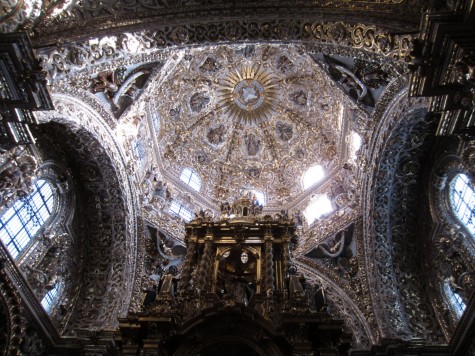
We also went to the Museo Amparo, recently reopened after a big renovation. In fact, it’s still not totally finished. But the rooftop cafe was a great place to get up close and personal with all the church domes in the city.
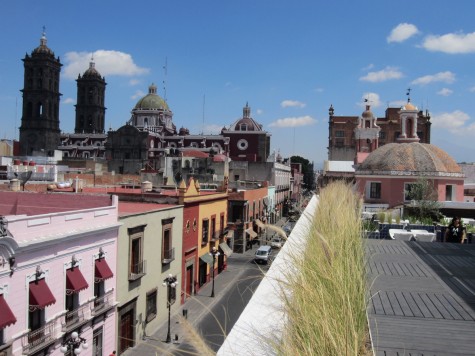
Aaaand then, back to our regularly scheduled aimless wandering.
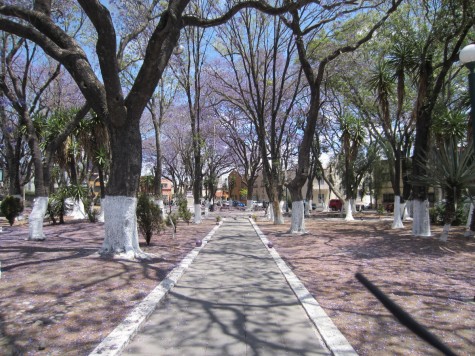
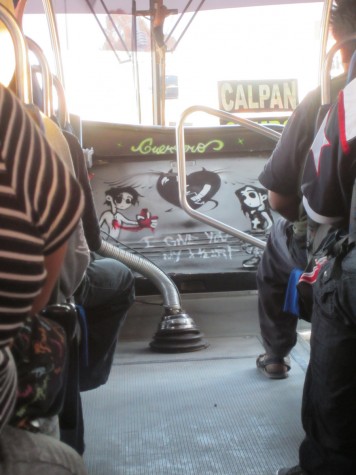
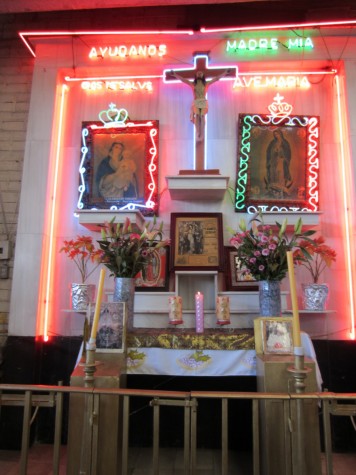
Finally, to end this post on an educational note, did you know Chia Pets are, like, a real thing? Here, look:
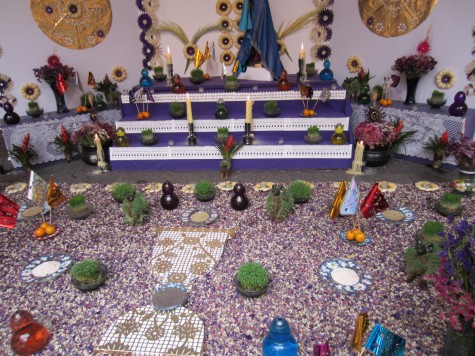
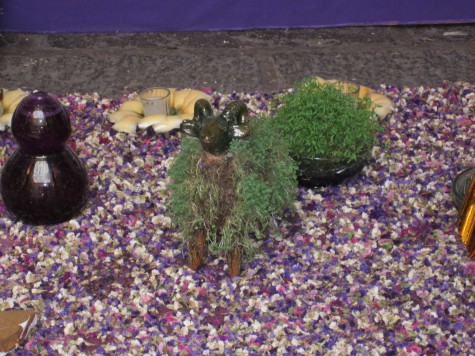
As a display at the Museo Amparo helpfully explained, sprouts and wheatgrass are placed on the altar, to represent rebirth. And little hollow clay turtles and sheep, covered in chia seeds, are a way of doing that. It was hard to tell from the phrasing whether this is something that’s been going on for centuries, or if Mexicans just like Chia Pets, and incorporated them into the altar? Chia Pets were originally made in Mexico, says-Wikipedia-so-it-must-be-true, which suggests the former.
Cool, right? Who knows what I’ll learn on my next (hopefully longer!) visit to Puebla…
Chia sheep. Awesome!
That church is amazing as is everything else. You got your eyeful, this trip, didn’t you? Wow!